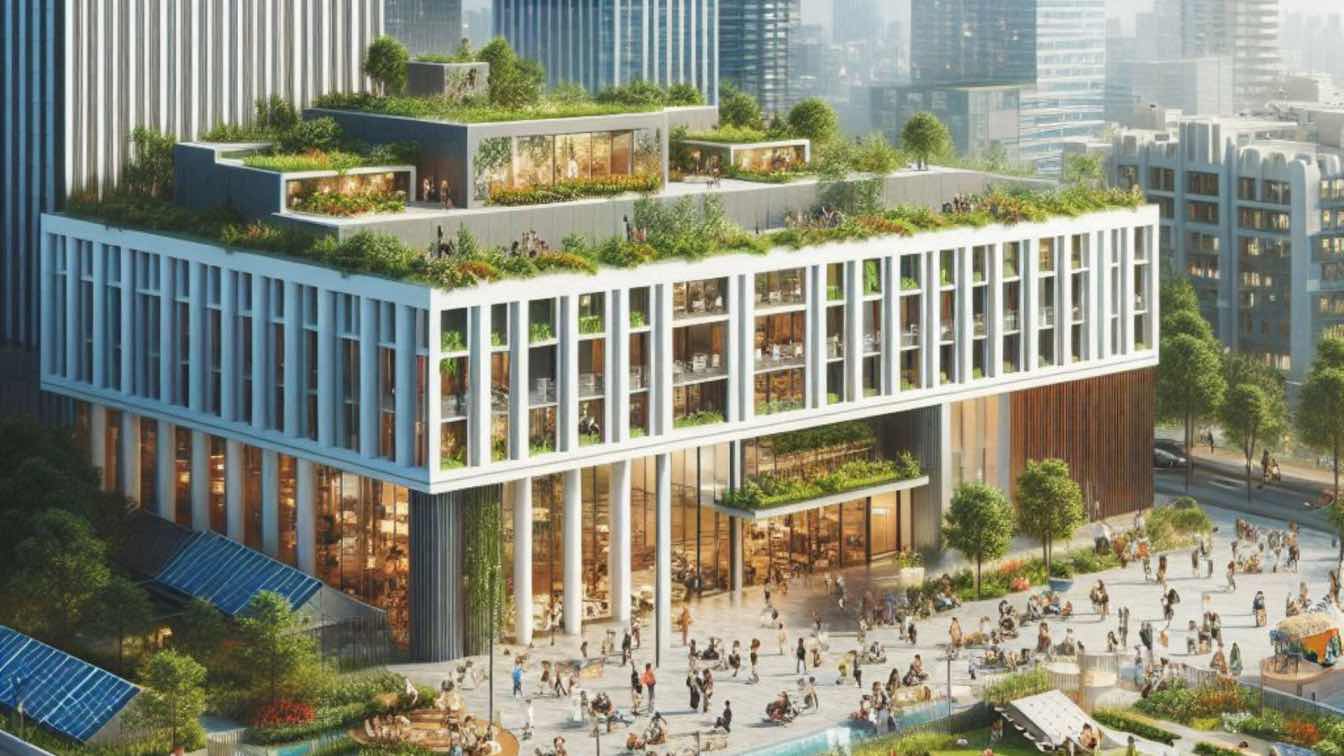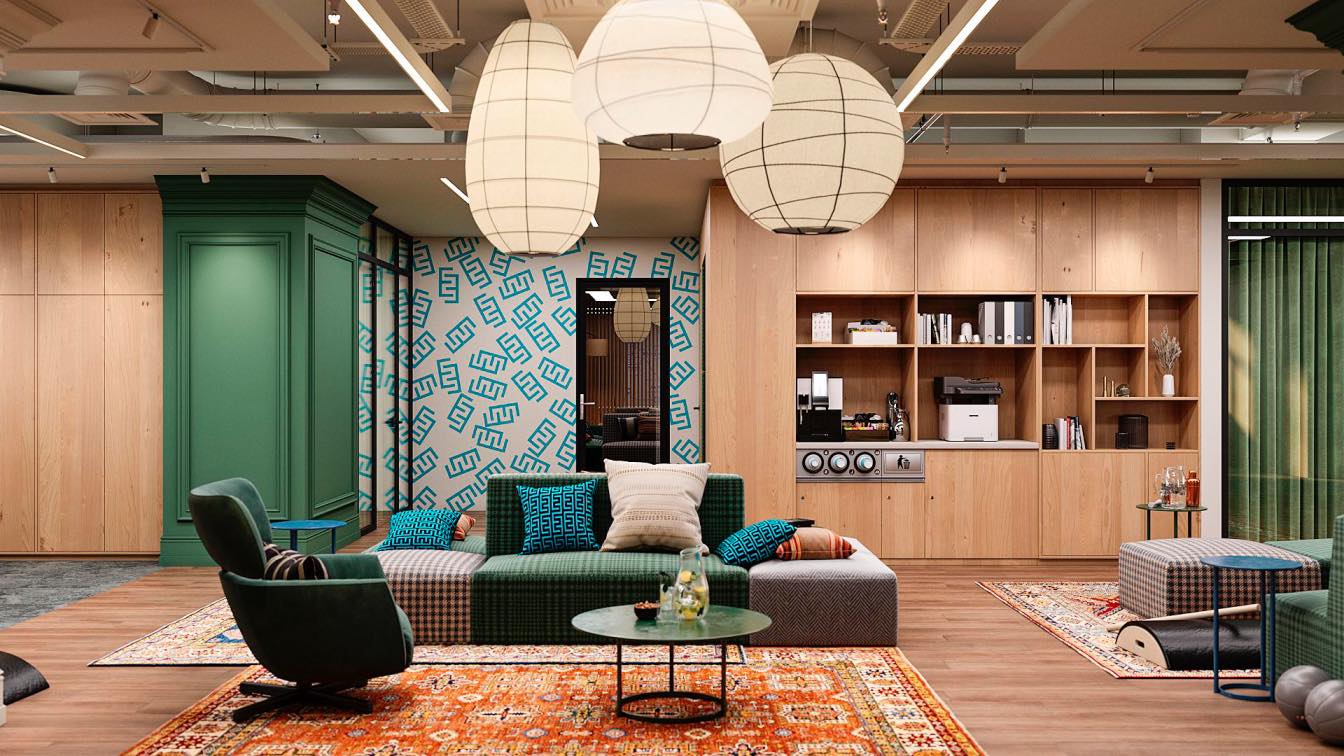Sustainable architecture isn't just a buzzword. It transforms communities by making spaces more adaptable and affordable for everyone. You see, these designs meet diverse needs while minimizing costs.
Imagine parks that welcome all abilities or buildings that lower energy bills. Each element contributes to resilience and inclusivity. This approach doesn't only protect the environment; it enhances the social fabric too.
Ready to explore how these innovations shape lives and support our neighbors? Let's dive into the practical benefits together!
Economic Benefits of Sustainable Architecture in Local Communities
Sustainable architecture delivers substantial economic benefits alongside its environmental advantages. It emphasizes cost-effective designs that reduce utility expenses, enabling communities to allocate resources more effectively. These savings create room for inclusive initiatives, supporting individuals who need extra financial assistance.
Consider how accessible housing reduces modifications for those with disabilities. This approach aligns perfectly with the goals of programs that help people qualify for Alabama disability benefits by fostering environments where everyone can thrive without heavy financial burdens.
The integration of green spaces and adaptable structures promotes healthier lifestyles while addressing diverse community needs economically. Sustainable practices build resilient neighborhoods that support all residents, ensuring no one is left behind financially or socially.
Designing for Accessibility: Innovations That Work
Sustainable architecture prioritizes accessibility, making it easier for everyone to enjoy public spaces and buildings.
Key innovations include:
Inclusive Design Frameworks: These criteria guarantee that environments cater to individuals of every capacity, promoting inclusivity at the foundational level.
Intelligent Tech Fusion: Options such as voice-command systems and self-operating entryways support those facing mobility difficulties.
Adaptable Environments: Versatile zones adjust to an array of functions, catering to the broad spectrum of community requirements.
Such thoughtful design reduces barriers while promoting independence. It leads to more equitable environments where individuals can fully participate in society.
Communities that embrace these principles create stronger social connections, enhancing the overall quality of life for everyone involved.
Green Spaces and Community Health: A Direct Connection
Integrating green spaces into sustainable architecture significantly impacts community health. The availability of parks and gardens incites physical movement, nurtures communal engagement, and bolsters psychological health.
These natural havens offer an escape from city existence, diminishing stress and fostering tranquility. Sustainable design practices prioritize creating these areas within communities.
They consider not only aesthetics but also the long-term health benefits for residents. Furthermore, accessible green spaces allow individuals of all abilities to engage with their surroundings, supporting inclusivity.
This approach aligns perfectly with initiatives aimed at providing support for those needing additional fiscal assistance. Enhanced community wellness ultimately reduces healthcare costs while increasing quality of life - an essential goal for every thriving neighborhood.
Collaborative Housing Models: Building Together for Inclusion
Collaborative housing models offer innovative solutions that enhance sustainability and inclusivity.
These approaches include:
Collaborative Housing Collectives: Members pool assets, trimming personal expenses while cultivating robust communal bonds.
Cross-Age Residences: Blending varied generations under one roof promotes reciprocal aid and collective reliance.
Cost-Efficient Green Alternatives: Employing eco-conscious materials cuts construction expenses, thereby extending home affordability across more economic brackets.
These models empower residents to take part in decision-making processes related to their living environments. They create vibrant neighborhoods where everyone feels valued and connected.
By focusing on collaboration, communities can develop affordable solutions that meet diverse needs. This approach also alleviates some financial burdens for those who might qualify for disability benefits, enhancing overall community resilience.
Revitalization through Adaptation: Sustaining the Old in New Ways
Adaptive reuse breathes new life into dated edifices, simultaneously safeguarding their historical significance and curtailing excess waste. This practice not only maintains the character of a community but also serves practical needs by repurposing structures for modern uses.
For example, vacant warehouses can become affordable housing or community centers that offer vital services to residents. By breathing new life into these spaces, cities save on construction costs and minimize environmental impact.
These revitalized areas often support individuals facing economic challenges, including those who might qualify for Alabama disability benefits.
Sustainable adaptations provide essential resources within communities while ensuring everyone has access to safe and welcoming environments, promoting inclusivity and overall quality of life.
Embracing Change: The Future of Sustainable Architecture
The future of sustainable architecture promises exciting advancements. As communities adopt greener practices, they not only improve their environments but also enhance social equity.
Innovative designs will continue to emerge, focusing on accessibility and collaboration. This shift will encourage more inclusive neighborhoods that accommodate diverse needs.
Embracing sustainability paves the way for enduring advantages for all, safeguarding our planet for future lineage. Anticipate the prospects on the horizon!





